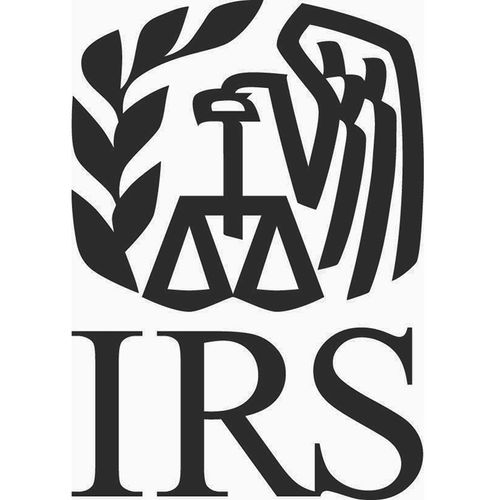IRS publishes proposed regulations for IRA’s Alternative Fuel Vehicle Refueling Property Credit

September 23, 2024
BY Erin Voegele
The U.S. Department of Treasury and Internal Revenue Service on Sept. 18 released proposed regulations to provide guidance for the Section 30C Alternative Fuel Vehicle Refueling Property Credit.
The 30C credit, originally established by the Energy Policy Act of 2005, provides a tax credit for the cost of qualified alternative fuel vehicle refueling property. The credit has been amended several times since its enactment, most recently by the Inflation Reduction Act of 2022.
Advertisement
Advertisement
The IRS on Sept. 18 announced a notice of proposed rulemaking to implement changes made via the IRA, which apply to qualified alternative fuel vehicle refueling property placed in service after Dec. 21, 2022, and before Jan. 1, 2033. The following day, the proposed rule was published in the Federal Register. A public comment period is open through Nov. 18.
The credit applies to eligible equipment used to store and dispense alternative vehicle fuels, including E85, biodiesel blends of at least 20%, compressed or liquefied natural gas, hydrogen, propane or electricity.
According to the IRS, the credit amount for property not subject to depreciation is 30% of the cost of the qualified property placed into service during the tax year. The credit amount for depreciable property is 6% of the cost of the qualified property placed in service during the tax year but may be increased to 30% of the cost of the qualified property if the prevailing wage and apprenticeship requirements are met. The credit is limited to $1,000 per item of non-depreciable property and $100,00 per item of depreciable property.
Advertisement
Advertisement
Within its notice, the IRS indicates that property must be placed in service in an eligible census tract to qualify for the credit. The agency said any eligible census tract is any population census tract that is a low-income community or any population census tract that is not an urban area. The proposed regulations provide guidance for determining whether a population census tract is an eligible census tract.
The proposed regulations also provide guidance on how to calculate the credit, including what constitutes an “item” of qualified alternative fuel vehicle refueling property, the additional costs considered in determining the cost of the item, and how to treat dual-use property.
Additional information is available on the Federal Register website.
Related Stories
CoBank’s latest quarterly research report, released July 10, highlights current uncertainty around the implementation of three biofuel policies, RFS RVOs, small refinery exemptions (SREs) and the 45Z clean fuels production tax credit.
The U.S. EPA on July 8 hosted virtual public hearing to gather input on the agency’s recently released proposed rule to set 2026 and 2027 RFS RVOs. Members of the biofuel industry were among those to offer testimony during the event.
The USDA’s Risk Management Agency is implementing multiple changes to the Camelina pilot insurance program for the 2026 and succeeding crop years. The changes will expand coverage options and provide greater flexibility for producers.
President Trump on July 4 signed the “One Big Beautiful Bill Act.” The legislation extends and updates the 45Z credit and revives a tax credit benefiting small biodiesel producers but repeals several other bioenergy-related tax incentives.
CARB on June 27 announced amendments to the state’s LCFS regulations will take effect beginning on July 1. The amended regulations were approved by the agency in November 2024, but implementation was delayed due to regulatory clarity issues.
Upcoming Events










